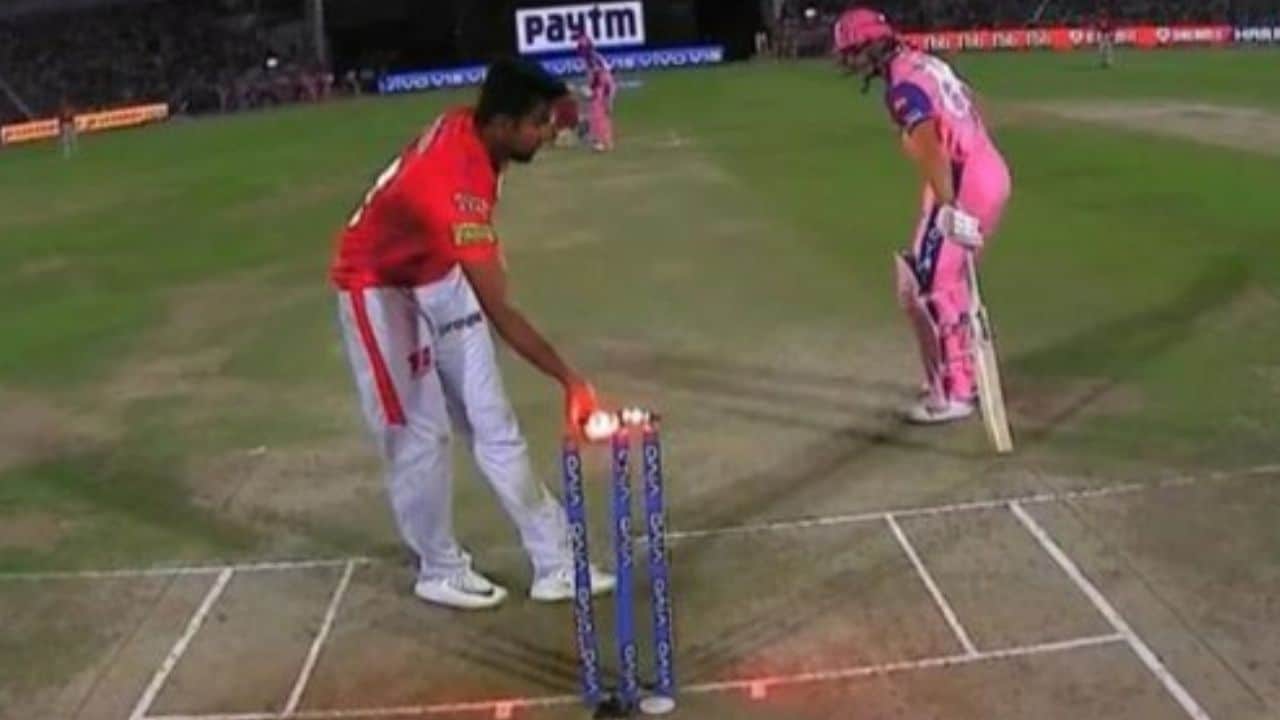The Mankad name is attributed to the illustrious Indian all-rounder Vinoo Mankad, know its meaning in cricket and rules explained
In the 1947 Sydney Test, Vinoo employed the strategy to eliminate Australia’s, Bill Brown. Over time, the Mankad rule has undergone changes and had its terminology changed.
Mankad rule meaning in cricket explained, its run out rules, warning
What were the previous laws?
The Laws of Cricket made it quite clear when to run the non-striker out. Even Don Bradman, the Australian team’s captain in 1947, insisted that the “Mankad” was completely ethical and legal behaviour.
Law 41.16, which deals with the “non-striker leaving his/her ground early,” states that if the non-striker is out of their ground at any time between when the ball enters play and when the bowler would normally have been expected to deliver the ball, they risk being run out.
What various amendments were made to the law?
The Mankad rule has been altered over time by the Marylebone Cricket Club (MCC), the guardian of the Laws. In order to place the “onus on the non-striker to remain in their ground,” the phrase “Bowler attempting to run out non-striker before delivery” was modified to “Non-striker leaving their ground early” in the 2017 Code.
To further emphasise this point, the MCC slightly changed Law 41.16 on April 1, 2019, to read “the non-striker is liable to be run out” rather than “the bowler is permitted to run [the non-striker] out.”
Another significant legislation reform took place in 2017 as well. Before this change, the bowler could only run out a non-striker who was backing up before starting his delivery stride. “As the bowler’s rear foot landed, this gave the non-striker plenty of time to go down the wicket before the ball was really bowled. This was viewed as unfair, “Information on the laws’ interpretation by the International Cricket Council (ICC) is included in the Match Officials’ Almanac 2017–18.
The bowler may run out the batsman “at any time before he releases the ball provided, he has not concluded his delivery swing,” as per the updated game rules.
Which laws apply to mankading currently?
MCC has taken attempts to de-stigmatize non-striker run-outs in its most recent legal amendments, which became effective in October 2021. The non-striker is subject to being run out if, as stated in MCC Law 41.16.1, “the non-striker is out of his/her ground at any time between the moment the ball enters play and the instant when the bowler would normally have been expected to release the ball.”
The non-striker is out and is referred to as a run out in these circumstances, regardless of whether the bowler delivers the ball after setting down the wicket by throwing the ball at the stumps or by holding it in the bowler’s hand.
A bowler can give a batsman a warning as well if they desire and not mankad him on catching him outside the non-striker’s crease.



